Comprehensive Guide to Understanding the Costs Involved in Restoring Victorian Tiles
Conducting a Thorough Assessment of Your Victorian Tiles' Condition
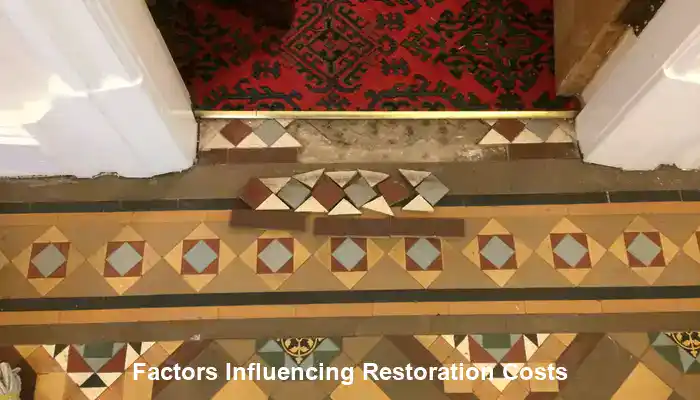
The first step in determining the average cost of restoring Victorian tiles is to conduct a thorough assessment of their present condition. Are they showing signs of age, with visible wear and fading? Do you notice any cracks or discolouration that could indicate damage? The overall condition of your Victorian tiles is a fundamental factor in estimating the costs associated with restoration. Visualise a once-vibrant collection of tiles now dulled by years of neglect and accumulated grime. Skilled restoration experts will perform a meticulous inspection of each tile, carefully evaluating the extent of wear and any existing damage.
Tiles requiring only cleaning typically incur much lower costs than those suffering from significant damage, such as deep cracks or chips. For example, a tile with a minor hairline fracture may only require a straightforward repair, whereas a completely broken tile could necessitate a full replacement. The extent of the damage will heavily influence the overall restoration costs, as sourcing replacements can be particularly challenging when trying to match the original style and colour of the tiles, which can be a daunting task.
Expert Recommendations: Essential Products for the Care of Your Victorian Tiles
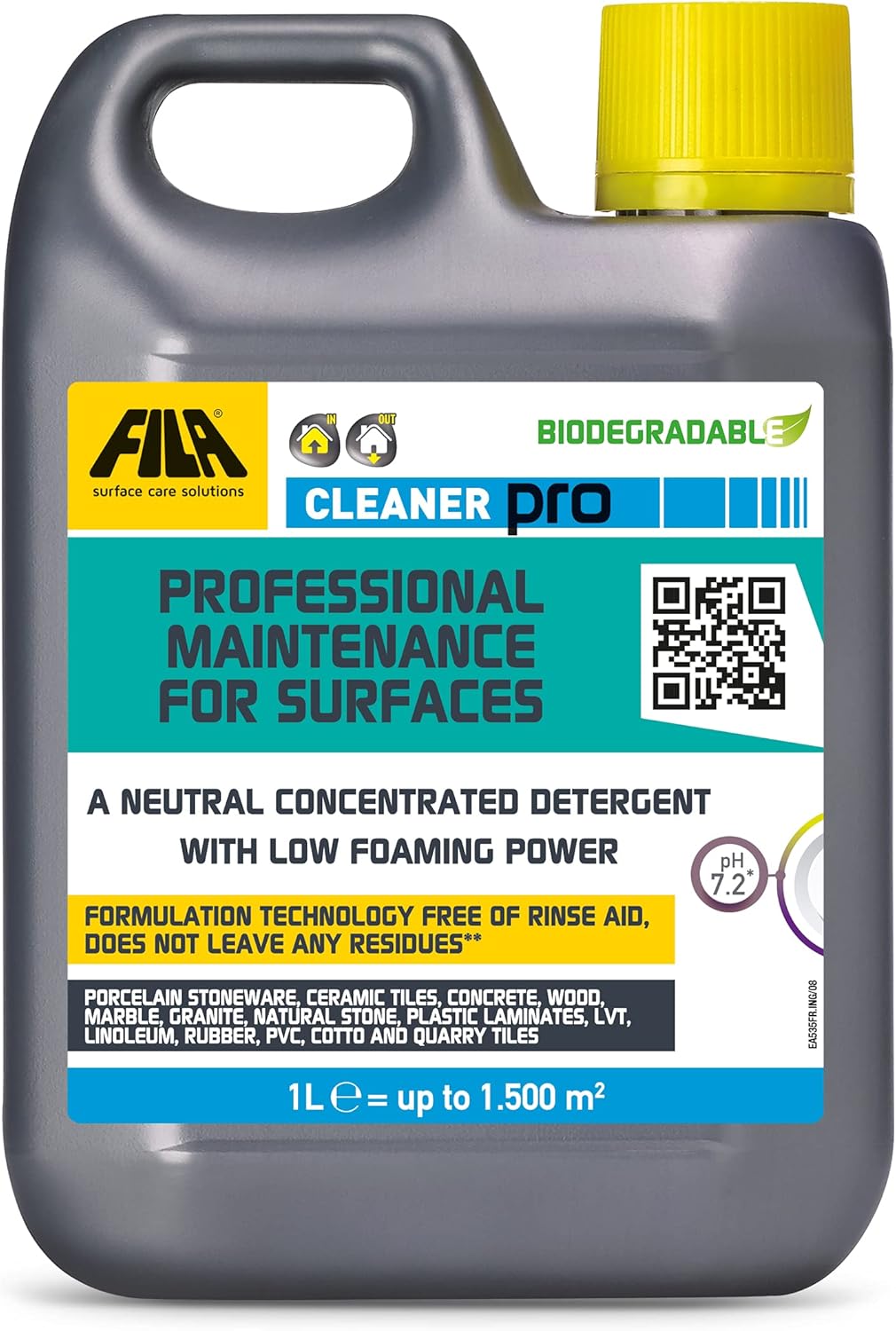
Fila Pro Floor Cleaner
|
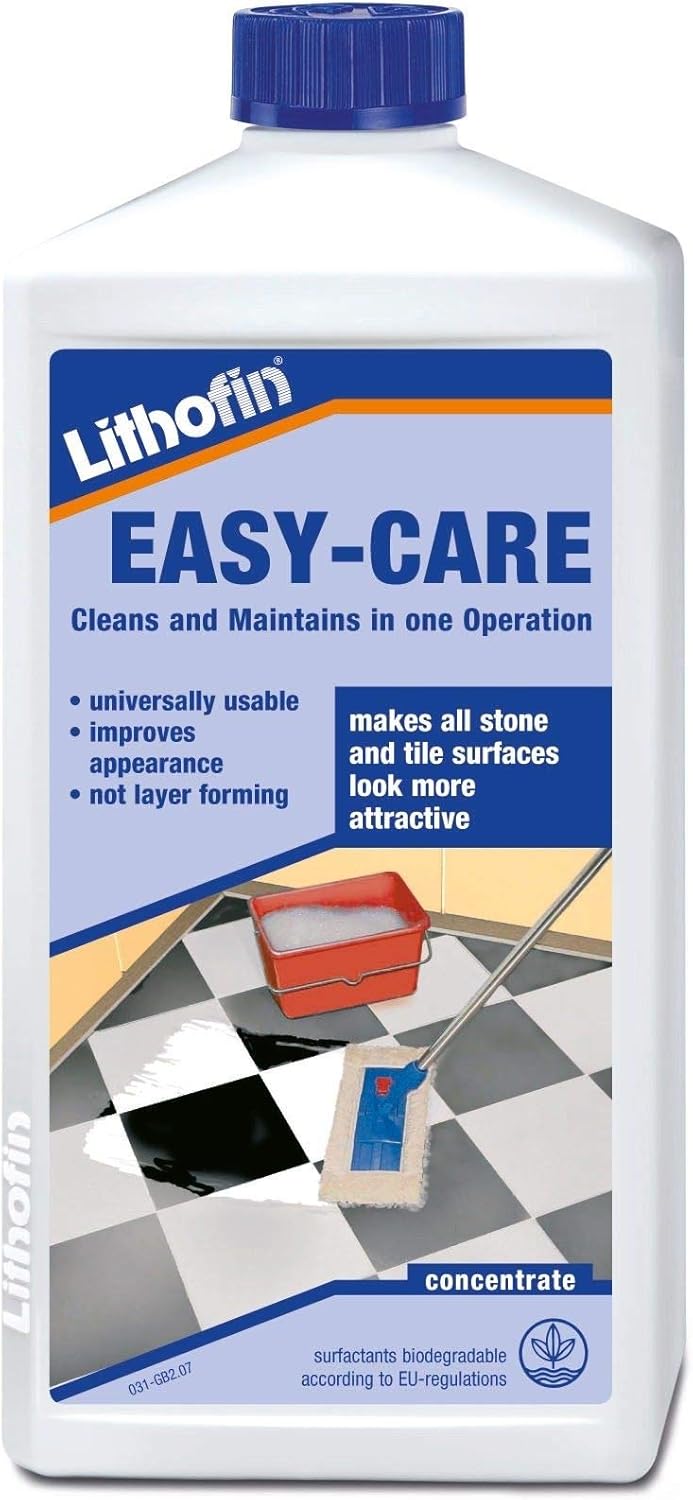
Lithofin Easy Care
|
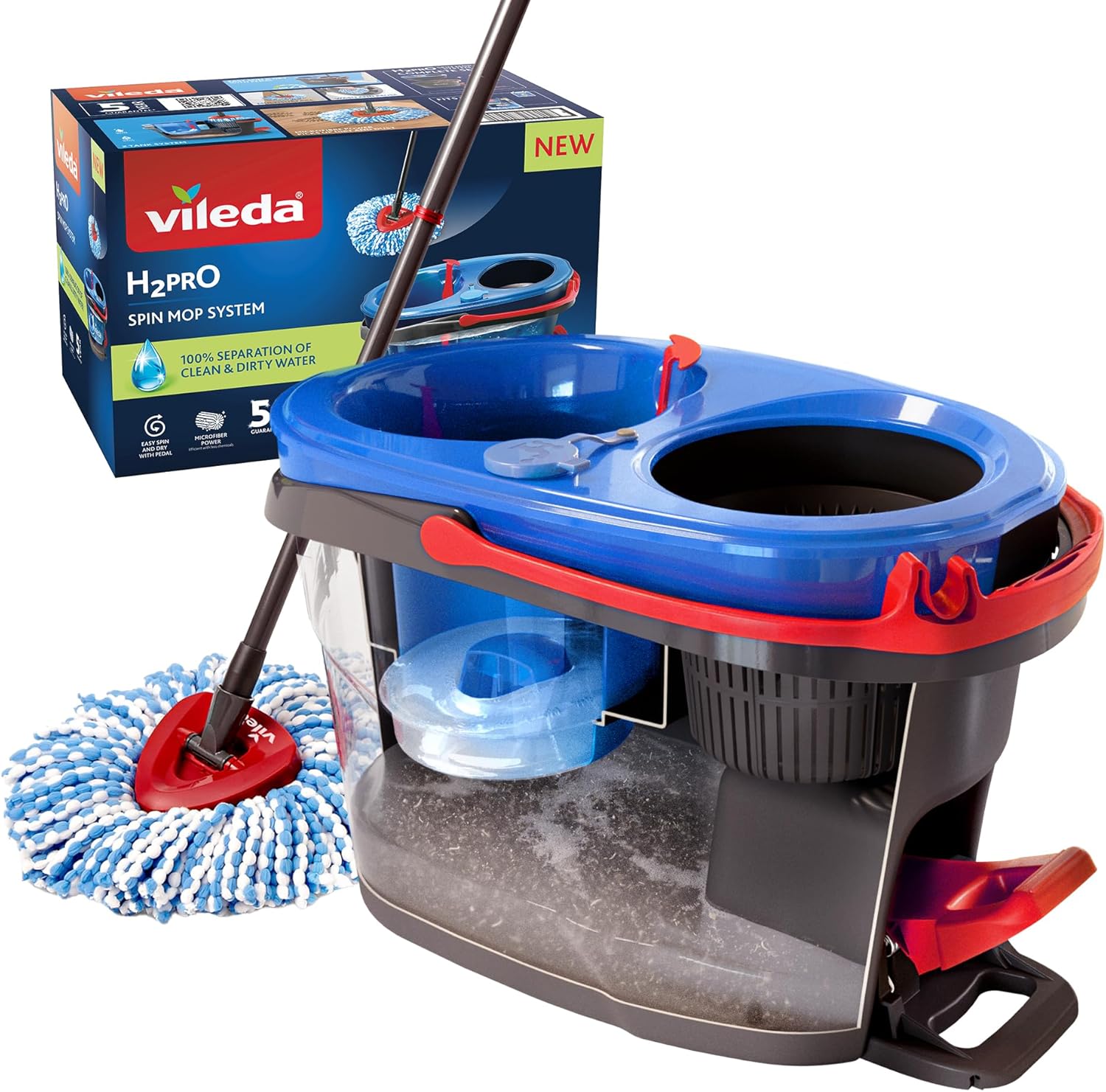
Vileda H2PrO Spin Mop System
|
Additionally, restoration specialists will evaluate whether the tiles maintain their structural integrity. An unstable tile not only incurs high replacement costs but may also necessitate further repairs to the flooring or substrate beneath it. Essentially, the more extensive the repair work required, the greater the final costs are likely to be. Engaging a qualified appraiser to assess your tiles before committing to any restoration work is advisable. This proactive approach will help you prevent unexpected expenses and devise a clear strategy for the restoration process.
Evaluating the Size of the Restoration Area
Size is undeniably an important consideration when assessing the average cost of restoring Victorian tiles. The dimensions of the area that requires restoration play a pivotal role in determining costs. A small bathroom floor adorned with a few Victorian tiles will understandably incur lower costs compared to a large hallway or an expansive dining area. As the area requiring restoration increases, so too does the demand for materials and labour, resulting in a proportional rise in overall expenses.
Imagine a typical Victorian home featuring an elegant tiled entrance or a long corridor. The sheer number of tiles involved can significantly escalate costs. Not only will there be a greater quantity of tiles to clean and potentially replace, but the labour intensity associated with larger areas often increases exponentially. If you are contemplating a substantial restoration project, it is crucial to consider how the size of the area will directly impact your overall pricing.
Moreover, larger spaces may necessitate additional logistics, such as scaffolding or specialised equipment, particularly if the tiles are located in difficult-to-reach areas. These factors collectively contribute to a notable impact on your budget. It is vital to understand that the costs extend beyond the tiles themselves; the entire environment they occupy plays a significant role as well.
The Intricacy of Tile Design and Its Impact on Restoration Costs
Feeling inspired? The complexity of your tile design can greatly influence restoration costs, particularly when dealing with the intricate patterns and motifs characteristic of the Victorian era. Every ornate swirl and geometric shape requires a bespoke approach to restoration. If your tiles showcase elaborate designs, prepare for potentially higher expenses.
Intricate patterns often demand specialised skills, meticulous attention to detail, and a variety of tools to ensure that the restoration process adheres to historical accuracy. Think of it as an artist working to restore a masterpiece. Craftsmen will invest significant time and expertise to faithfully replicate the original design—an effort that will undoubtedly be reflected in the final cost.
Furthermore, the selection of materials can significantly affect overall expenses. For instance, matching historic colours and patterns generally necessitates sourcing rare tiles or custom-manufactured replacements, which can strain your budget. The more ornate your tiles, the more they transform into a work of art, requiring skilled craftsmanship and additional financial resources.
Regional Variations in Victorian Tile Restoration Costs
Examining Restoration Costs for Victorian Tiles in London
Ah, the capital city—where everything seems to come with a premium price tag. Restoration costs in London can be markedly higher compared to other regions, primarily due to elevated labour rates and living expenses within the city. When you consider the average cost to restore Victorian tiles in this vibrant metropolis, brace yourself for a market where skilled tradespeople frequently command a premium for their expertise.
In London, restoration services typically start at around £50 per square metre for basic cleaning and sealing. However, more extensive repairs or replacements can escalate costs to upwards of £150 per square metre. The historical significance of many Victorian properties in London means restorers often have to comply with strict regulations, adding another layer of complexity—and cost—to the overall restoration process.
Moreover, the competition for skilled artisans can further drive prices upward. The unique skills required to restore intricate designs and maintain authenticity naturally come at a cost. If you are contemplating a restoration project in this bustling city, it is wise to budget accordingly and prepare for prices that reflect London’s market dynamics.
Investigating Victorian Tile Restoration Costs in Northern England
Crossing the Pennines reveals that restoration costs in Northern England can be considerably lower compared to those in the capital. This region boasts a rich tradition of craftsmanship, often at more reasonable prices. If you are curious about the average cost to restore Victorian tiles in cities like Manchester or Leeds, you might discover costs starting as low as £30 per square metre.
The economic disparity between the North and South of England is evident in the market for skilled trades. With lower living costs and a more abundant supply of skilled labour, rates can be more accessible for homeowners looking to revitalise their Victorian tiles. Furthermore, Northern England is replete with historic properties, ensuring a healthy supply of skilled restorers who are often well-acquainted with regional styles and techniques.
However, even though costs may be lower, it is essential not to compromise on quality and expertise. Always seek out reputable restorers, as the quality of workmanship behind your restoration project will ultimately determine its success. In Northern England, it is indeed possible to achieve stunning results without overextending your financial resources.
Understanding Victorian Tile Restoration Costs in Scotland
The unique Scottish landscape presents distinct challenges for tile restoration, with costs influenced by local market conditions and the specific characteristics of Victorian architecture found throughout the country. If you are investigating the typical cost to restore Victorian tiles in cities like Edinburgh or Glasgow, you may find pricing comparable to that of Northern England, albeit with its own unique challenges.
Restoration costs in Scotland typically range from £40 to £100 per square metre, depending on the condition of the tiles and the intricacy of their design. Factors such as the location of your property and the availability of skilled tradespeople can lead to fluctuations in prices. Smaller towns may present limited options, which can drive up prices due to the scarcity of specialists.
Additionally, Scotland’s varied climate can significantly impact tile condition and maintenance needs. The damp weather may accelerate wear and tear, necessitating more frequent restoration efforts. Homeowners must remain cognisant of these environmental factors when assessing costs, ensuring they engage restorers who possess the expertise to tackle the unique challenges posed by Scotland’s climate.
Exploring Different Types of Restoration Services

Essential Cleaning and Sealing Services for Optimal Tile Maintenance
Let us begin with the fundamentals. Cleaning and sealing your Victorian tiles often serve as the initial step in the restoration process and typically represent the most economical option available. When you inquire about the average cost to restore Victorian tiles, cleaning and sealing can help you save a considerable amount while delivering immediate, visually pleasing results.
Over the years, dirt and grime may accumulate, leaving your beautiful tiles looking dull and lifeless. A professional deep cleaning can reveal vibrant colours and intricate patterns that have been hidden for far too long. This process generally involves the use of specialised cleaning agents that are safe for the tile’s material, ensuring that no additional damage occurs during the cleaning procedure.
Once cleaned, sealing becomes essential, as it protects against future stains and wear. Sealants create a barrier that shields against dirt and spills, ensuring your tiles remain immaculate for years to come. This service usually costs between £20 and £50 per square metre, depending on the area’s size and the tiles' condition. It represents an excellent way to achieve a refreshed appearance without straining your finances.
Repairing and Replacing Damaged Tiles: What to Expect
When cleaning alone isn’t sufficient, you may need to consider repairs and replacements. This can be a daunting task, particularly when you contemplate the average cost to restore Victorian tiles. Repairs can vary from fixing minor hairline cracks to replacing entire tiles, and costs can escalate quickly.
For minor repairs, you can expect to pay between £10 and £30 per tile, depending on the complexity and materials required. However, when tiles are severely damaged, the need for replacements often becomes evident. Sourcing original or matching tiles can prove challenging, especially if your home features unique or rare designs. This process may involve custom orders or searching through reclamation yards, both of which can add time and expense to your project.
Furthermore, it is essential to ensure that any replacements align with the original style and quality. This is where skilled artisans become crucial. A proper replacement isn’t just about the tile; it’s about preserving the aesthetic and structural integrity of your flooring or walls. This often leads to additional labour costs, further increasing your total restoration investment.
Techniques for Restoring Colour in Victorian Tiles
Colour restoration adds another layer of complexity to your tile project, significantly impacting your budget. If your Victorian tiles have lost their original vibrancy, restoring their hues can breathe new life into your home. However, when considering the average cost of restoring Victorian tiles, be prepared for the additional financial commitment this entails.
The colour restoration process involves assessing the current hues and determining the best methods for restoring them without causing harm. This often requires specialised paint products or staining techniques specifically formulated for tiles. Depending on the number of tiles and the complexity of the designs, costs can vary widely, typically ranging from £30 to £100 per square metre.
Hiring experts for this type of restoration is crucial, as improper methods can lead to irreversible damage. Skilled professionals will blend colours to ensure that the restored tiles harmonise with existing ones—a meticulous task that demands both artistic vision and technical skill. The outcome, however, is undeniably rewarding—a stunning floor that reflects the history and character of your home.
The Importance of Grout Restoration in Tile Projects
Grout may seem like the unsung hero of your Victorian tile restoration project, yet it is vital for both aesthetic appeal and durability. When evaluating the average cost of restoring Victorian tiles, grout restoration is often overlooked but can greatly enhance your tiled surfaces. Over time, grout can become discoloured, cracked, or even mouldy, detracting from the overall beauty of your tiles.
The restoration process typically involves cleaning the existing grout, repairing any damage, and, if necessary, replacing it altogether. Cleaning services can cost approximately £10 to £20 per square metre, while extensive repairs could escalate to £40 or more, depending on the severity of the damage. If replacement becomes necessary, sourcing the correct colour and type of grout can further add to your expenses.
Grout restoration not only boosts the visual appeal of your tiles but also extends their lifespan. Properly maintained grout helps prevent moisture from seeping beneath the tiles, which can lead to significant damage over time. Investing in grout restoration is a smart choice for homeowners looking to preserve their Victorian tiles while enhancing their overall aesthetic.
Final Polishing and Finishing Touches for Tile Restoration
Polishing and finishing your Victorian tiles represent the concluding touches in your restoration journey. This final step can dramatically enhance the shine and durability of your tiles, although it will also contribute to the overall cost. When contemplating the typical cost to restore Victorian tiles, this finishing touch can significantly impact your budget.
The polishing process involves utilising specialised equipment and products to reveal the natural luster of the tiles. This service typically costs between £15 and £50 per square metre, depending on the area size and materials used. The result is a breathtaking, lustrous finish that highlights the intricate designs of your tiles, creating an impressive visual effect.
Moreover, applying a protective finish can help safeguard your tiles against future wear and tear. This step is particularly important in high-traffic areas where your tiles are more susceptible to scratches and stains. A well-applied finish not only enhances beauty but also strengthens your tiles, ensuring they remain a focal point of your home for many years.
Essential Materials and Tools Required for Tile Restoration
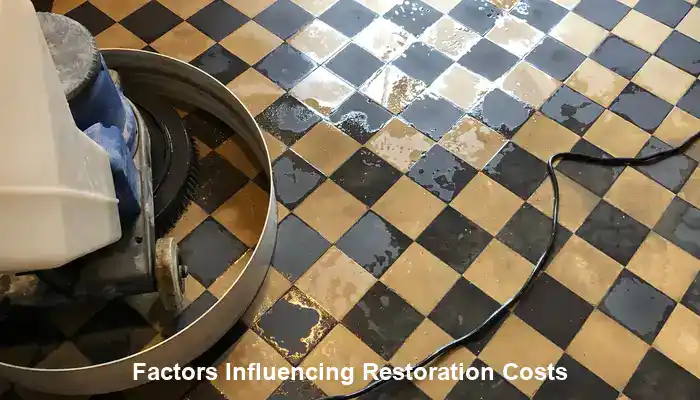
Selecting Suitable Cleaning Agents for Restoration
When embarking on the tile restoration journey, selecting the right materials is paramount, particularly regarding cleaning agents. To determine the average cost of restoring Victorian tiles, it’s essential to include the price of these specialised products, which can differ significantly based on quality and brand.
Utilising inappropriate cleaning agents can result in disastrous outcomes, potentially harming the tiles instead of restoring their original beauty. Therefore, it’s crucial to invest in high-quality, tile-specific cleaning solutions that are effective yet gentle. Expect to spend between £10 and £50 for premium cleaning agents, depending on their size and formulation.
Additionally, a skilled restorer will know how to apply these products effectively, ensuring they penetrate dirt and grime while preserving the tiles' integrity. The cleaning process may also involve tools such as steam cleaners or buffer machines, adding to the overall expenses. Properly cleaning your tiles is the foundation for all subsequent restoration work, making it a critical initial investment.
Utilising Quality Grout and Adhesives for Successful Restoration
Choosing the right grout and adhesives is fundamental to achieving a successful Victorian tile restoration project. This is another area where cost considerations come into play as you evaluate the average cost of restoring Victorian tiles. High-quality materials are crucial to ensuring both the durability and aesthetic appeal of your tiles.
Grout serves not only as a filler but also plays a vital role in the structural integrity of your tiled surfaces. Quality grout can cost between £5 and £20 per bag, depending on its colour and type. For adhesives, selecting the right option is essential to ensure your tiles remain securely in place, particularly in high-traffic areas. This might cost between £10 and £30 for suitable adhesive.
Investing in premium materials for grout and adhesives will ultimately yield dividends. Cheaper, low-quality options may seem attractive initially but can lead to problems such as cracking or discolouration over time. The durability and longevity of your restored tiles depend heavily on these choices, making it worthwhile to spend wisely in this area.
Prioritising Safety: Investing in Protective Gear
When embarking on a restoration project, ensuring safety should never take a backseat. Whether you are a professional or a DIY enthusiast, investing in protective gear is a crucial aspect of the process that can also influence your budget when considering the average cost to restore Victorian tiles.
The restoration process may involve working with strong chemicals, dust, and potentially hazardous materials. Basic protective equipment, such as gloves, masks, and goggles, can collectively cost between £20 and £100, depending on quality and project scope. While it may be tempting to skip this expense, neglecting it could lead to health issues or injuries that might entail far greater costs later.
Moreover, investing in high-quality protective gear ensures you can work safely and effectively, allowing you to focus on the aesthetics of the restoration without worrying about personal safety. It’s a modest expense for a project that could yield stunning results in the end.
Assessing the Benefits of Professional Services Versus DIY Restoration Alternatives
The Advantages of Engaging Professional Restorers
Deciding to hire professionals for your Victorian tile restoration can be a transformative choice. When exploring what the typical cost is to restore Victorian tiles, you’ll quickly notice that professional services come with a price tag—but often, the value you receive justifies this cost.
Professional restorers bring a wealth of experience and expertise that translates into exceptional outcomes. They possess the necessary skills to handle intricate designs, accurately assess tile condition, and carry out repairs or replacements with precision. Rates can vary widely, with skilled artisans charging between £50 to £150 per hour, depending on their expertise and the complexity of the task.
While DIY may seem appealing from a cost-saving perspective, potential pitfalls can lead to larger expenses later on. Mistakes made during restoration can result in further damage, necessitating even more costly repairs. Hiring professionals ensures that your tiles receive the utmost care, preserving their historical integrity and visual appeal.
The Appeal of DIY Kits and Tools
Feeling adventurous? There’s a distinct charm to DIY restoration—lower costs, a personal touch, and the satisfaction of completing the project on your own. If you’re considering the cost of restoring Victorian tiles, DIY kits can often be more economical than professional services. However, they come with their own set of challenges.
Typically, DIY kits include cleaning agents, tools, and instructions, empowering you to tackle smaller projects at your own pace. Expect to pay between £50 and £150 for a complete DIY kit, depending on the size of the area and the tools included. While this can be a budget-friendly approach to restoring your tiles, it’s essential to have a solid grasp of the process and ample time for learning.
However, be cautious of the learning curve involved. DIY projects often require more time than anticipated, especially if you face unexpected challenges along the way. Mistakes can lead to additional costs for repairs or replacements, making it crucial to honestly evaluate your skill level before embarking on DIY endeavors.
Conducting a Cost-Benefit Analysis for Your Restoration Project
When considering the average cost to restore Victorian tiles, performing a cost-benefit analysis is invaluable. This process involves weighing the immediate financial outlay against the long-term benefits of professional restoration versus DIY efforts.
While hiring professionals might initially seem like a significant expense, their expertise can yield long-lasting results that save you money over time. A poorly executed DIY project may lead to frequent repairs or even a total redo, which can ultimately be far more expensive.
Consider the value of your time as well. If you’re balancing a full-time job or multiple responsibilities, the prospect of a DIY project may not be as appealing as it first appears. The risk of mistakes also increases if you’re unfamiliar with the materials and processes involved, which could elevate your costs.
Ultimately, a comprehensive cost-benefit analysis should guide you in aligning your budget with your expectations and the condition of the tiles. It serves as a crucial decision-making tool for any homeowner embarking on a restoration journey.
Time Considerations in the Restoration Process
Time is a critical factor when considering the average cost to restore Victorian tiles. Professional restoration services typically offer quicker completion times, which can save homeowners both time and hassle. A skilled restorer is familiar with the nuances of the process, allowing them to work efficiently and effectively.
In contrast, DIY projects often take considerably longer, especially for those unfamiliar with tile restoration. The learning curve can be steep, and unforeseen challenges may arise, further extending the timeline. If your tiles are located in a high-traffic area, prolonged restoration periods can disrupt your daily routine, making professional services even more attractive.
Moreover, consider the opportunity cost of your time. While you may save money by opting for DIY, you might also sacrifice hours or even days that could be better spent on other pursuits, whether work, family, or self-care. Ultimately, time equates to money, and it’s essential to weigh these factors carefully when determining your restoration approach.
Ensuring Quality and Longevity in Restoration Efforts
Quality and durability are the cornerstones of a successful restoration project. When asking about the average cost to restore Victorian tiles, it’s essential to keep in mind that cutting corners can lead to expensive consequences down the road. Professional restorers often utilise high-quality materials and techniques that ensure your tiles remain beautiful and durable for years.
An experienced professional can deliver superior outcomes, with meticulous attention to detail ensuring that the tiles not only look excellent but also stand the test of time. DIY projects, while potentially more affordable, may result in a less durable finish that could require frequent repairs or touch-ups, leading to ongoing costs.
In many cases, investing in quality now will save you significant amounts in the future. A well-restored floor can enhance your home’s overall value, making it a wise financial decision. When weighing the balance between cost and quality, remember that some expenditures are worth making.
Real-Life Case Studies of Victorian Tile Restoration
Restoration of a Historic Residence in Manchester
Let us embark on a historical journey through a case study highlighting a remarkable restoration project in Manchester. This particular Victorian home featured an original tiled hallway that had clearly seen better days, with numerous tiles cracked and discoloured. The homeowners faced the pressing question of what the typical cost is to restore Victorian tiles in this stunning space.
The restoration process began with a comprehensive assessment by a professional tiler, who meticulously documented the condition of each tile and the extent of the damage. Cleaning was the initial step, followed by a detailed repair plan that included replacing several tiles. The overall cost for the restoration reached approximately £6,000, encompassing cleaning, replacements, and sealing.
This investment not only revitalised the home’s beauty but also increased its market value, illustrating the long-term benefits of professional restoration. The homeowners were thrilled with the results, and the tiled hallway became a focal point that garnered admiration from visitors.
Victorian Pub Renovation Insights from Glasgow
Next, let us venture over to Glasgow, where a beloved Victorian pub required immediate attention. The tiled walls and floors, integral to its historical charm, were peeling and faded. The owners were eager to restore the pub to its former glory, posing the critical question: what is the typical cost to restore Victorian tiles in such a bustling venue?
The restoration involved a multifaceted approach. The team commenced with a deep clean, followed by careful repairs of chipped tiles and re-grouting where necessary. The intricate patterns demanded a keen eye and expert touch, with total costs amounting to around £8,000 to rejuvenate the establishment.
The results were breathtaking, with the restored tiles bringing back the pub's original allure. Customers flocked in to enjoy the revitalised atmosphere, demonstrating how investing in tile restoration can also translate into increased foot traffic and revenue for businesses.
Insights from a London Townhouse Renovation
In the heart of London, a townhouse renovation project unearthed a hidden gem—beautiful Victorian tiles concealed beneath layers of grime and neglect. The owners were curious about the typical cost to restore Victorian tiles in such a prestigious location and were ready for the challenge ahead.
This restoration journey encompassed cleaning, colour restoration, and sealing, with total costs reaching approximately £10,000, due to the high labour rates common in London. Nevertheless, the owners recognised that the investment was worthwhile for the enhanced aesthetic and historical value restored to their home.
The results were stunning, with the tiles gleaming in their original glory, receiving compliments from guests and elevating the townhouse's overall appeal. It illustrated how meticulous attention to restoration can yield substantial rewards in historic residences.
Victorian Church Restoration Challenges in Birmingham
Finally, let us turn our attention to a magnificent Victorian church in Birmingham that required immediate tile restoration. With stunning tiled floors that had endured decades of wear and tear, the church committee sought to answer the urgent question of what the typical cost is to restore Victorian tiles in such a revered space.
The restoration process proved challenging, necessitating careful cleaning and the replacement of damaged tiles without compromising the church’s historical integrity. The total restoration cost approached £15,000, reflecting the project's scale and the specialised skills required.
Upon completion, the restored tiles not only beautified the church but also stood as a testament to its rich history. The community was revitalised, with increased attendance at services and events, showcasing how a well-executed restoration can enrich both the aesthetic and the communal spirit.
Strategies to Minimise Restoration Expenses
The Importance of Regular Maintenance
Preventive measures are far more effective than remedial solutions, particularly in the realm of tile restoration. When evaluating the typical cost to restore Victorian tiles, regular maintenance can save you a significant amount over time. Simple cleaning routines can prevent the need for extensive restoration projects, ensuring your tiles retain their charm.
Regular sweeping and mopping can eliminate dirt before it penetrates and causes damage. Investing in a high-quality sealant every few years can also help shield your tiles from stains and moisture, keeping them in optimal condition. By implementing a routine maintenance plan, you can significantly extend the lifespan of your Victorian tiles.
Additionally, promptly addressing minor repairs can prevent larger issues from developing. If you notice a tile starting to crack, attend to it immediately before it escalates into a bigger problem requiring costly interventions. Consistent care allows you to maintain the beauty of your Victorian tiles while minimising the risk of substantial restoration expenses.
Gathering Multiple Quotes for Informed Decision-Making
Knowledge is indeed power in the tile restoration arena. One of the most effective ways to ensure you receive a fair deal when evaluating the average cost to restore Victorian tiles is by comparing quotes from various restoration services. This practice can lead to significant savings and help you strike the right balance between quality and cost.
Start by researching local restoration specialists, examining their reviews, and seeking recommendations from friends or family. Once you’ve identified several candidates, reach out for quotes, ensuring you provide consistent information about your project to facilitate accurate comparisons.
Do not simply accept the first quote you receive. Evaluate the scope of work each contractor is offering and the materials they plan to use. Sometimes, the cheapest option may not be the best if it compromises quality. By taking the time to compare quotes and thoroughly consider your options, you can make a well-informed decision that aligns with your budget and meets your restoration goals.
Implementing Phased Restoration Strategies
Tackling an extensive restoration project can feel daunting, both financially and logistically. One effective strategy for managing costs when considering the average cost to restore Victorian tiles is to divide the project into manageable phases. This approach allows you to spread out expenses, making the undertaking more feasible.
By prioritising one area of your home—perhaps the most visible or damaged tiles—you can initiate the restoration without the financial burden of a complete overhaul. Once the first phase is completed, you can assess your budget and plan for the subsequent phase accordingly.
This phased strategy not only eases financial pressure but also allows you to enjoy the results of your restoration incrementally. Such an approach can maintain your motivation while ensuring that your project remains financially feasible, ultimately culminating in a beautifully restored space over time.
Exploring Government and Heritage Grants for Tile Restoration
Funding Opportunities for the Preservation of Historic Properties
For those contemplating the typical cost to restore Victorian tiles, exploring government and heritage grants for historic preservation can be quite beneficial. Numerous funding opportunities exist to assist homeowners in maintaining the beauty and integrity of historic properties while alleviating some of the financial burdens associated with restoration.
In the UK, several organisations offer grants to support the restoration of historic buildings, especially those of significance to local heritage. These funds often come with specific eligibility criteria and guidelines regarding their use. Conducting thorough research and connecting with local councils or heritage organisations to explore available options for your project is crucial.
Securing a grant can significantly reduce restoration costs, allowing you to preserve the unique charm of your Victorian tiles without overwhelming financial strain. It’s a mutually beneficial situation, enabling you to contribute to heritage preservation while enhancing your living environment.
Support for Cultural Heritage Initiatives
Beyond direct funding for restoration, homeowners may also discover opportunities in support for cultural heritage projects. This support can take the form of workshops, training, or resources provided by various cultural organisations aimed at promoting awareness and appreciation of heritage.
Engaging with local heritage initiatives can offer invaluable insights into restoration practices, connecting you with skilled artisans and other homeowners undertaking similar projects. Not only does this create a potential network of support, but it may also lead to funding opportunities or collaborative projects that can reduce individual costs.
Participating in cultural heritage projects can deepen your understanding of the history behind your Victorian tiles, enhancing the emotional significance of your restoration journey. It’s a chance to actively engage with your home’s story while contributing to the community’s appreciation of heritage preservation.
Frequently Asked Questions Regarding Victorian Tile Restoration
What is the average cost of restoring Victorian tiles?
The average cost can vary significantly based on factors such as location and tile condition, generally ranging from £30 to £150 per square metre.
Can I restore tiles myself?
Yes, DIY restoration is indeed possible but requires time, skill, and the appropriate materials. While it can be cost-effective, mistakes may incur additional expenses.
How long does the restoration process take?
The duration of the restoration process can vary from a few days for cleaning to several weeks for extensive repairs, depending on the project size and complexity.
What maintenance is required after restoration?
Regular cleaning and sealing are crucial for maintaining the restored appearance and prolonging the life of your Victorian tiles.
Are there grants available for tile restoration?
Yes, various government and heritage grants can assist in offsetting restoration costs, particularly for historic properties.
What types of materials are best for cleaning Victorian tiles?
Specialised cleaning agents designed for historic tiles are optimal, as they clean effectively without risking damage to the surface.
How can I find a reputable tile restorer?
Research online reviews, ask for recommendations, and request multiple quotes to find a reputable tile restorer in your area.
What if some tiles are beyond repair?
In such instances, replacement tiles can be sourced from reclamation yards or custom-made to match the existing ones.
Is professional restoration worth the cost?
Yes, professional restoration can ensure high-quality results, preserving both the aesthetic and structural integrity of your Victorian tiles.
How often should I perform maintenance on my tiles?
Regular maintenance, including cleaning and sealing every couple of years, is recommended to keep your tiles looking their very best.
The post What is the Typical Cost to Restore Victorian Tiles: A Comprehensive Guide appeared first on https://tilecleaningsurrey.co.uk
The Article Typical Cost to Restore Victorian Tiles: Essential Insights appeared first on https://fabritec.org
The Article Cost to Restore Victorian Tiles: Key Insights You Need Was Found On https://limitsofstrategy.com

